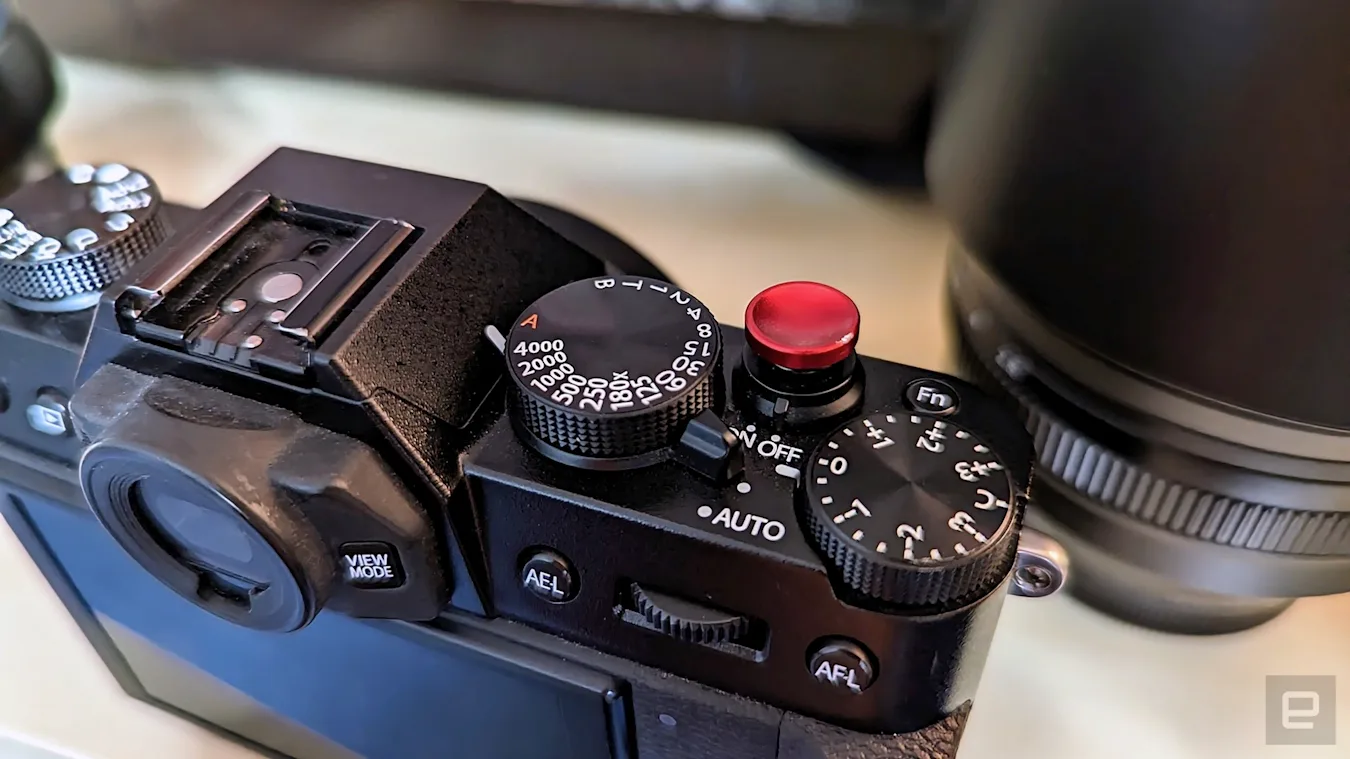What we bought: The Fujifilm X-T30 is the perfect camera for me
All products recommended by Engadget are selected by our editorial team, independent of our parent company. Some of our stories include affiliate links. If you buy something through one of these links, we may earn an affiliate commission. All prices are correct at the time of publishing.
If I’m honest with myself, my one true hobby is collecting hobbies. I play guitar and record electronic music. I picked up painting last year. (I am objectively horrible at it.) I cook. I brew beer. I dabble in DIY electronics. I’m an avid hiker. An on-again-off-again runner. I’ve flirted with boxing. Oh, and I write. Obviously.
Now I’ve added photography to the list. I explored it a bit back in high school and college, but had only picked up a camera (that wasn’t built into my phone) outside of work a handful of times since. Then in 2021, after a couple of years exclusively using my phone’s camera for review photos, I decided I desperately needed to upgrade. I eventually settled on the Fujifilm X-T30, in part because I had a limited budget. But, while I went out in search of an affordable workhorse to up my photo and video game at Engadget, what I ended up with was the perfect camera to rekindle my interest in the art of photography.

Terrence O'Brien / Engadget
Let’s start with what attracts many people to the Fujifilm family in the first place: the controls. My first photography experiences were with film. Sure, it’s been a long time since I last used a film camera, but at least I have some level of comfort there. Unlike most digital cameras, Fujifilm’s X series mimics the look and feel of a 35mm film camera. There are dedicated dials for shutter speed and exposure compensation, and many of Fuji’s first-party lenses have physical aperture rings. If I had sprung for the X-T3 I’d have even gotten a dedicated ISO dial. But there are two programmable dials that can be mapped to control ISO and aperture, even if you’re using a lens without an aperture ring.
This makes the X-T30 far more tactile and satisfying than other digital cameras I’ve used, whereas I would usually just put them in aperture priority and forget about it. Without a PASM dial (Program, Aperture priority, Shutter priority and Manual) as a crutch, I’ve been forced to learn the camera’s various options inside and out. I also have to think more carefully and critically about each exposure. Yes, you can essentially put the X-T30 in shutter or aperture priority mode by changing certain settings to auto, but you can’t just turn a dial and be done with it.

Terrence O'Brien
The other big thing for me is the film simulations. Fuji cameras have a built in set of profiles that are supposed to mimic particular film stock. Think of them kind of like Instagram filters, but less terrible. Astia is tuned for portraits, Velvia is perfect for landscapes, Eterna gives you that low-contrast cinematic look, and so on.
And that’s just scratching the surface: You can tweak the settings further to fine-tune your straight-out-of-camera (SOOC) JPGs to achieve various styles and approximations of other films. There’s even a whole little Fujifilm subculture dedicated to “film recipes” that aim to capture the general vibe, if not the look of many classic film stocks. One of the best resources for this is Fuji X Weekly, where Ritchie Roesch shares and shows off various recipes to try and recreate things like Kodak’s Portra 400 or Ilford Delta.

